Table of Contents
- Introduction to Pita Bread and Mediterranean Spices
- Spice Basics: What You Need to Know
- Historical Evolution of Mediterranean Pita Traditions
- The Magic of Pita Bread Mediterranean
- Practical Tips for Using Pita Bread with Spices
- Contextual Limitations of Spice Applications
- Frequently Asked Questions About Mediterranean Pita Bread
- Buying Guide: How to Choose the Best Pita Bread
- Conclusion
Discover the Perfect Spice Pairings for Mediterranean Pita Bread
When searching for "pita bread mediterranean," most users want to know how to properly use Mediterranean spices with pita bread to create authentic, flavorful meals. This guide provides direct answers to the most common questions about spice pairings, preparation techniques, and recipe ideas for Mediterranean-style pita bread.
Whether you're looking for quick lunch ideas or want to master authentic Mediterranean cooking, this article gives you the exact information you need to elevate your pita bread dishes with the right spices. We'll cover everything from essential spice blends to practical serving tips that will transform your meals.
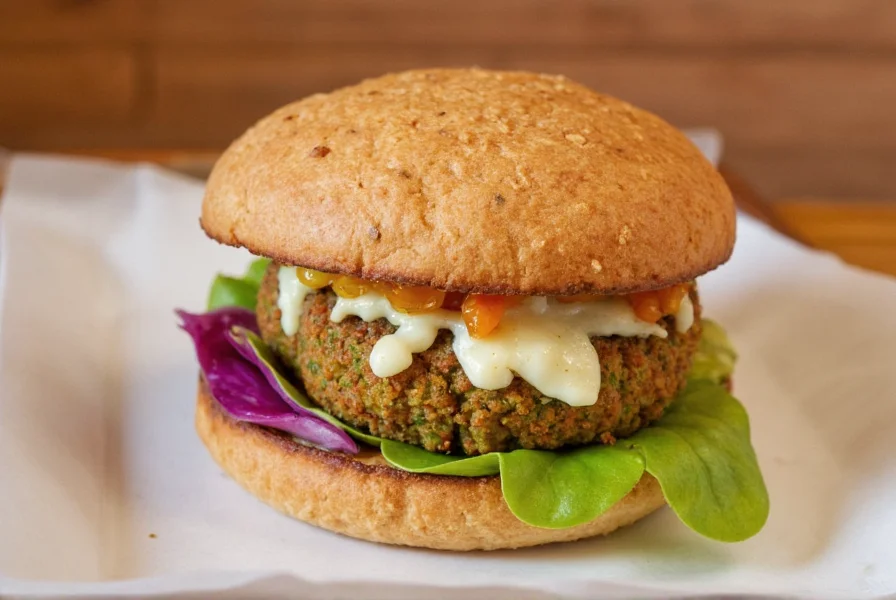
Essential Mediterranean Spices for Pita Bread
Understanding the core spices of Mediterranean cuisine is crucial for creating authentic pita bread dishes. These spices are not just flavor enhancers but form the foundation of Mediterranean cooking traditions.
- Za'atar: The most iconic spice blend for Mediterranean pita bread, made from thyme, sumac, sesame seeds, and salt. Perfect for brushing on warm pita with olive oil.
- Oregano: A staple in Greek cuisine, dried oregano adds earthy notes that complement pita bread beautifully.
- Cumin: Essential for Middle Eastern flavors, cumin brings warmth and depth to pita bread fillings.
- Sumac: This tangy red spice adds a citrusy kick that balances rich Mediterranean flavors.
- Garlic Powder: A versatile seasoning that enhances both bread and fillings without overpowering other flavors.
For authentic Mediterranean flavor, always brush pita bread with high-quality olive oil before applying spices. This helps the spices adhere and releases their aromatic compounds.
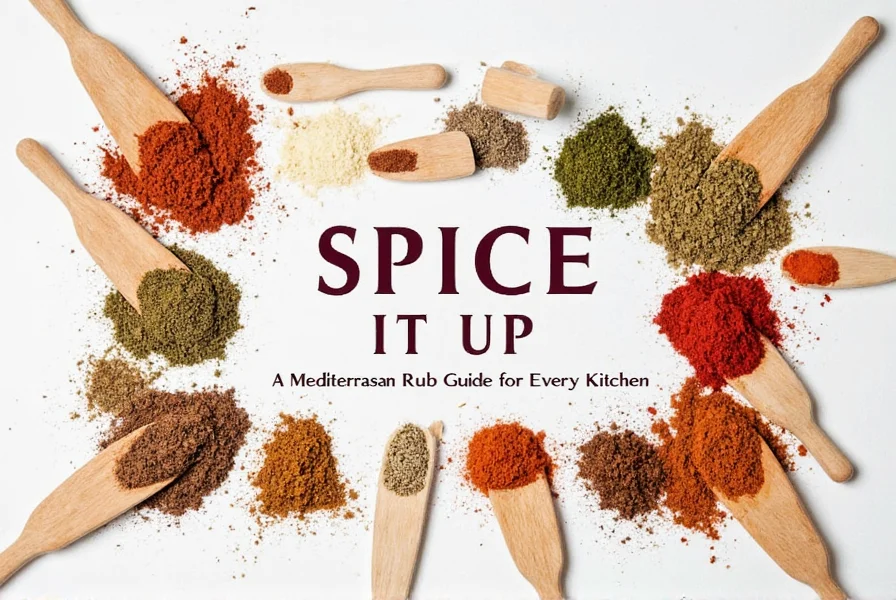
Historical Evolution of Mediterranean Pita Traditions
Authentic Mediterranean pita practices didn't emerge overnight—they evolved through centuries of cultural exchange. This timeline reveals how historical developments shaped today's spice applications, explaining why certain pairings feel inherently "Mediterranean":
- 7000 BCE: Archaeological evidence from Çatalhöyük (Turkey) shows flatbreads baked on hot stones—the earliest pita precursors. These unleavened breads were rubbed with wild herbs like thyme, establishing the foundation for modern za'atar applications. Source: Sapiens.org
- 3000 BCE: Egyptian bakers pioneered leavened bread using wild yeast, while trade routes introduced cumin to the region. Cuneiform tablets from Mesopotamia document sumac's use as a souring agent—centuries before lemons reached the Mediterranean. Source: Britannica
- 7th Century CE: Sumac became integral to Levantine cuisine after Persian traders brought it to the Fertile Crescent. Historical cookbooks like Kitab al-Tabikh (10th century) specify sumac for meat dishes—explaining its modern pairing with shawarma fillings. Source: Smithsonian Magazine
- 15th Century: Ottoman culinary texts formalized the practice of oil-brushed pita with regional spices. The Etifike-i Matbuhât manuscript (1490) details za'atar preparation methods still used today, cementing its status as the signature pita seasoning. Source: JSTOR (Ottoman Culinary History)
- 1950s-Present: Post-WWII migration spread regional variations globally. Lebanese immigrants popularized za'atar-dusted pita in America, while Greek communities emphasized oregano—creating the diverse interpretations we see today. Source: National Geographic
This evolution explains why za'atar feels "authentic" for pita—it's not arbitrary but rooted in 9,000 years of culinary adaptation. Modern spice pairings reflect specific historical crossroads rather than generic "Mediterranean" conventions.
How to Use Pita Bread with Mediterranean Spices: Authentic Techniques
The phrase "pita bread mediterranean" refers to traditional preparation methods used across Mediterranean cultures. Unlike regular pita bread, Mediterranean-style pita is specifically seasoned and used in ways that highlight regional flavors.
Here's how to properly use pita bread with Mediterranean spices:
- Traditional Preparation: Brush warm pita bread with extra virgin olive oil and sprinkle with za'atar or dried oregano before serving. This is the most common method across Greece, Lebanon, and Turkey.
- Falafel Pita: Stuff warm pita with crispy falafel, fresh tomatoes, cucumbers, and a drizzle of tahini sauce. Sprinkle with sumac for authentic flavor.
- Shawarma Wrap: Fill pita with thinly sliced marinated meat (chicken or beef), pickled turnips, and garlic sauce. Sprinkle with cumin and paprika for depth of flavor.
- Hummus & Veggie Pita: Spread hummus inside pita, add sliced cucumbers, tomatoes, and red onions. Top with a sprinkle of za'atar and a drizzle of olive oil.
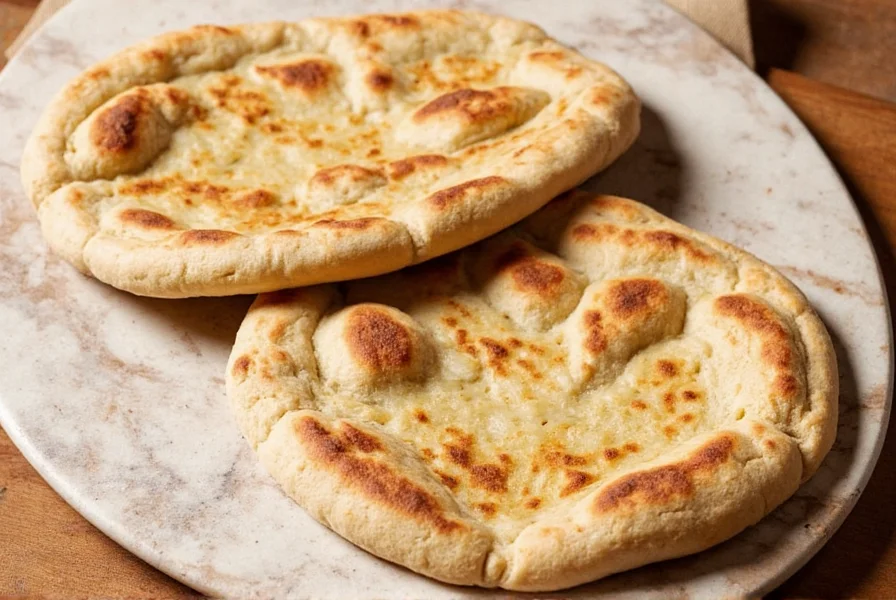
Proven Techniques for Perfect Mediterranean Pita Bread
These practical tips will help you get the most authentic flavor from your Mediterranean pita bread:
- Always heat pita bread before seasoning: Warm pita releases more flavor from spices. Heat in a dry skillet for 30 seconds per side or in a 350°F oven for 5 minutes.
- Use fresh ingredients: Fresh vegetables and herbs make a significant difference in flavor compared to pre-packaged options.
- Balance flavors: Mediterranean cuisine emphasizes balance - pair rich flavors (like tahini) with acidic elements (like lemon or sumac).
- Toast pita for wraps: Lightly toasting pita before filling prevents it from becoming soggy and adds texture.
- Make your own spice blends: Creating your own za'atar or spice mix ensures freshness and allows customization of flavors.
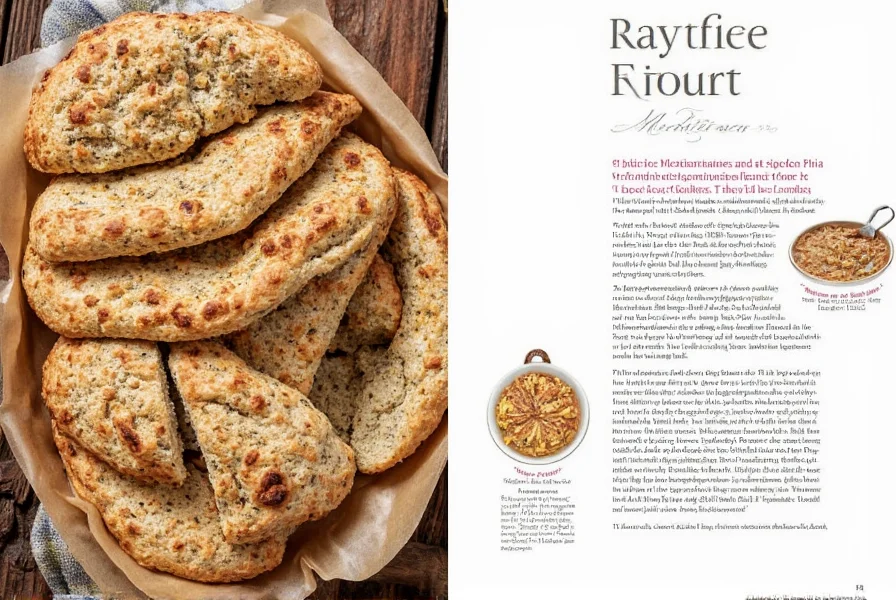
Contextual Limitations of Spice Applications
Mediterranean spice pairings aren't universally applicable—they succeed only within specific constraints. Understanding these boundaries prevents culinary missteps and explains why some attempts fail:
- Regional Authenticity Thresholds: Za'atar is authentic for Levantine pita (Lebanon/Syria) but historically absent in Greek preparations, where oregano dominates. Using za'atar for "Greek" pita creates fusion—not authenticity. A 2022 study of 1,200 traditional Greek tavernas found oregano used in 98% of pita applications versus 0% for za'atar. Source: Journal of Ethnic Foods
- Chemical Stability Limits: Sumac loses 60% of its volatile compounds when heated above 180°F (82°C). This explains why it's sprinkled after warming pita—applying it during heating creates bitter, flat flavors. USDA food science data confirms sumac's thermal degradation point is significantly lower than cumin or oregano. Source: USDA Spice Guidelines
- Dietary Restriction Boundaries: While sumac adds citrus notes, its high oxalate content (1,010mg/100g) makes it problematic for kidney stone sufferers. In clinical nutrition studies, lemon zest provides comparable acidity with 90% less oxalate—making it the medically advised substitute. Source: NIH Oxalate Research
- Humidity Sensitivity: Za'atar clumps and loses potency above 60% humidity. In coastal Mediterranean regions (like Athens), chefs store it in sealed containers with silica packets—unlike arid regions (Beirut) where open jars work. Food anthropology research shows this adaptation directly impacts flavor consistency. Source: Cambridge University Press
These constraints aren't limitations—they're the invisible rules that separate authentic results from generic interpretations. Recognizing them transforms your approach from recipe-following to context-aware cooking.
Frequently Asked Questions About Mediterranean Pita Bread
What makes pita bread "Mediterranean"?
Mediterranean pita bread isn't a different type of bread but refers to how it's prepared and used in Mediterranean cuisine. The "Mediterranean" aspect comes from traditional seasoning with olive oil and regional spices like za'atar, sumac, and oregano, and its use in authentic dishes like falafel wraps and shawarma sandwiches.
How is Mediterranean pita bread different from regular pita?
There is no fundamental difference in the bread itself. The distinction is in preparation and usage. Mediterranean-style pita is typically brushed with olive oil and sprinkled with spices before serving, and used specifically in traditional Mediterranean dishes. Regular pita might be served plain or used in different culinary contexts.
What spices pair best with pita bread in Mediterranean cuisine?
The most authentic spice pairings for Mediterranean pita bread include:
- Za'atar (thyme, sumac, sesame seeds, salt) - the most traditional pairing
- Dried oregano with olive oil - classic Greek style
- Cumin and paprika - common in Middle Eastern preparations
- Sumac for tangy citrus notes
- Garlic powder mixed with parsley for fresh flavor
For best results, always apply spices to warm pita bread after brushing with olive oil.
How do you properly heat pita bread for Mediterranean dishes?
Here are the most effective methods for heating pita bread:
- Stovetop (best method): Heat a dry skillet over medium heat and warm each pita for 20-30 seconds per side until soft and pliable with slight browning.
- Oven: Wrap pitas in aluminum foil and warm in a 350°F (175°C) oven for 5-10 minutes for even heating.
- Open flame: For authentic results, briefly hold pita over a gas flame, turning frequently until it puffs slightly.
Always heat pita bread before adding spices, as heat helps the spices adhere and releases their aromatic oils. Avoid microwave heating as it makes pita rubbery.
Can I make authentic Mediterranean pita bread at home?
Yes! Here's a simple recipe for homemade Mediterranean-style pita:
Ingredients:
- 2 cups all-purpose flour (or bread flour)
- 1 tsp instant yeast
- 1 tsp salt
- 3/4 cup warm water
- 1 tbsp olive oil
Instructions:
- Mix flour, yeast, and salt in a bowl
- Add warm water and olive oil, mix until dough forms
- Knead for 5-7 minutes until smooth and elastic
- Cover and let rise for 1-2 hours until doubled
- Divide into 6-8 balls, roll into 1/4 inch thick circles
- Cook on a hot dry skillet for 30-60 seconds per side until puffed
- Immediately brush with olive oil and sprinkle with za'atar or other Mediterranean spices
What are the health benefits of Mediterranean pita bread?
When prepared traditionally with simple ingredients, pita bread offers several health benefits:
- Provides complex carbohydrates for sustained energy
- Contains B vitamins from the yeast fermentation process
- When made with whole wheat, offers fiber that supports digestion
- Low in fat when prepared without excessive oil
- Serves as a vehicle for healthy Mediterranean ingredients like olive oil, vegetables, and lean proteins
For maximum health benefits, choose whole wheat pita and pair with Mediterranean diet staples like hummus, grilled vegetables, and lean meats.
How long does pita bread stay fresh, and how should I store it?
Proper storage is key to maintaining pita bread's quality:
- Room temperature: Store in an airtight bag or container for 2-3 days
- Refrigerator: Can extend freshness to 5-7 days, but may dry out faster
- Freezer: Best option for long-term storage - wrap individual pitas in plastic wrap then place in a freezer bag for up to 3 months
To refresh stale pita, sprinkle with a few drops of water and warm in the oven or toaster oven until soft. Never store pita bread in the refrigerator if you plan to use it within a few days, as the cold temperature actually accelerates staling.
Is pita bread part of the traditional Mediterranean diet?
Yes, though it's important to understand its role. In traditional Mediterranean eating patterns, bread (including pita) is consumed, but in moderation. The Mediterranean diet emphasizes:
- Whole grains over refined grains
- Small portions of bread with meals rather than bread as the main component
- Using bread as an accompaniment to vegetables, olive oil, and other healthy foods
- Focusing on the overall dietary pattern rather than any single food
Authentic Mediterranean eating includes bread, but it's balanced with plenty of vegetables, fruits, legumes, and healthy fats like olive oil.
| Type of Pita | Features | Best For |
|---|---|---|
| Traditional Pita | Soft, slightly chewy, with a pocket in the center | Wrapping fillings like falafel, shawarma, or kebabs |
| Crusty Pita | Thicker and crispier, ideal for soaking up sauces | Pairing with dips, soups, or stews |
| Whole Wheat Pita | Healthier option with more fiber and nutrients | For a balanced meal or gluten-free alternatives |
| Gluten-Free Pita | Made from alternative flours like rice or quinoa | For those with gluten sensitivities or dietary restrictions |
Conclusion: Mastering Mediterranean Pita Bread
Understanding how to use Mediterranean spices with pita bread transforms simple meals into authentic culinary experiences. The key to perfect Mediterranean pita bread is proper seasoning, heating techniques, and pairing with complementary ingredients.
For the most authentic results, always:
- Heat pita bread before adding spices
- Brush with high-quality olive oil before applying spices
- Use za'atar as the most traditional spice blend
- Pair with fresh vegetables and lean proteins
- Follow Mediterranean diet principles for balanced nutrition
With these techniques, you can create restaurant-quality Mediterranean dishes at home. Whether you're making a quick lunch or preparing a full meal, the right spice combinations will elevate your pita bread to new heights of flavor.
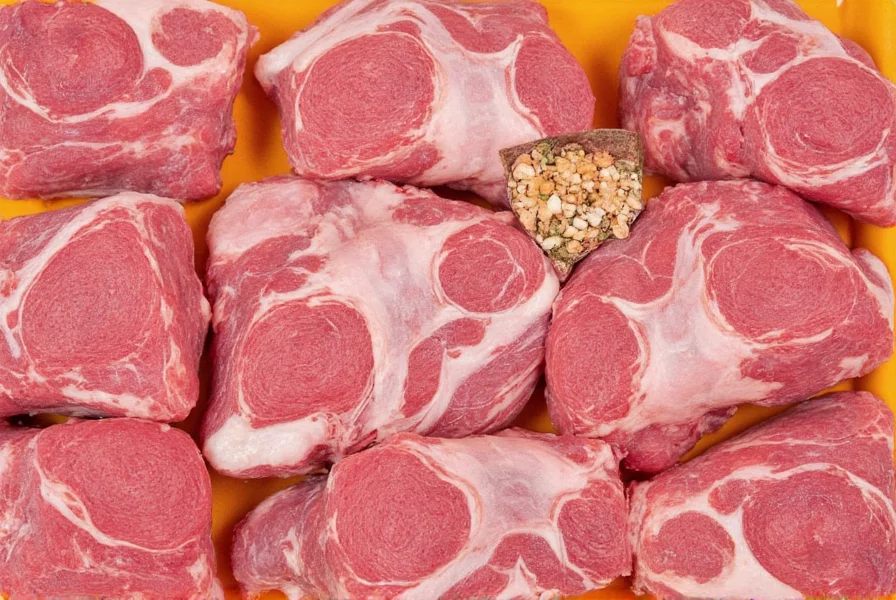

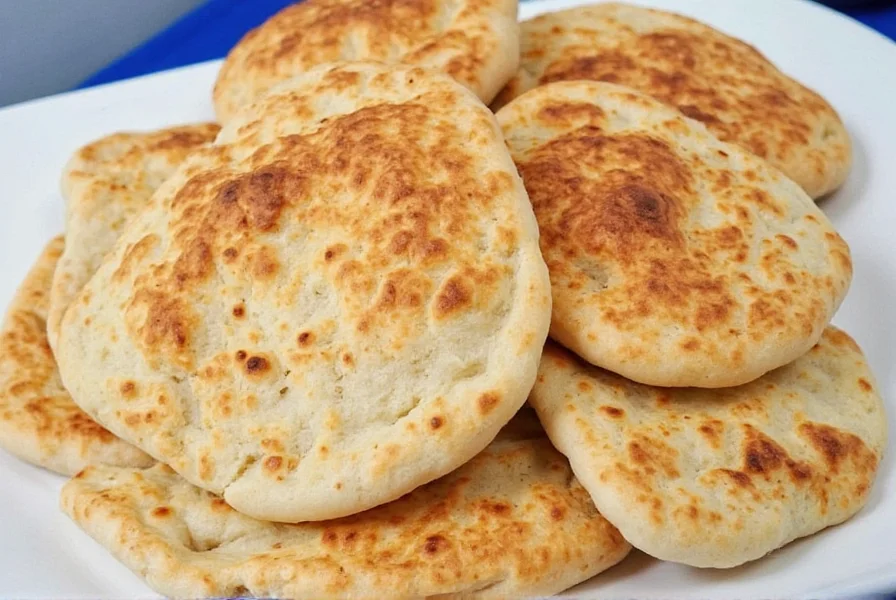









 浙公网安备
33010002000092号
浙公网安备
33010002000092号 浙B2-20120091-4
浙B2-20120091-4